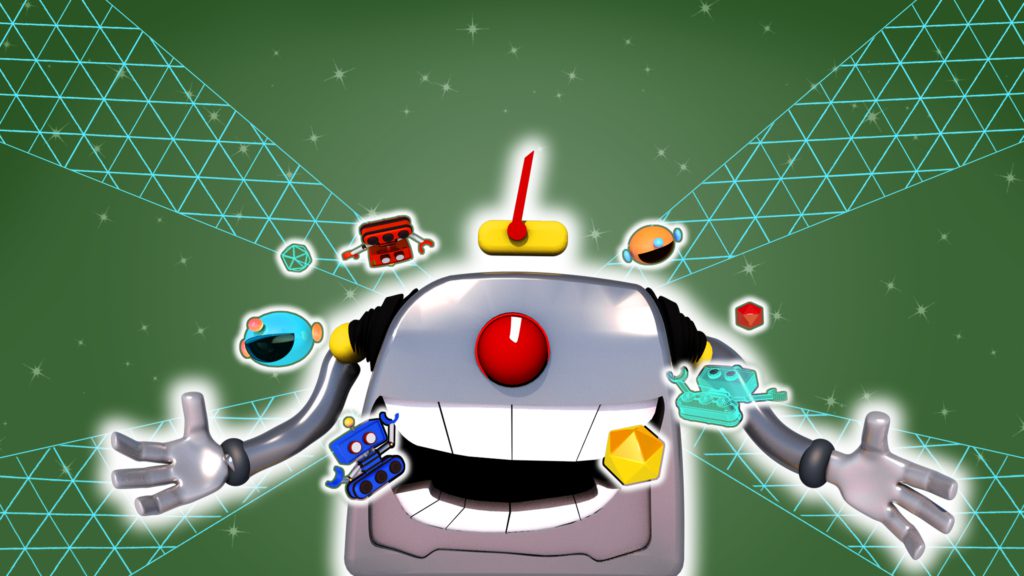This article discusses how games are made using JavaScript and HTML5 Game Engines. HTML5 Game Engines are JavaScript libraries used for creating 2D and 3D games for the web browser, which include physics engines, audio support, rendering techniques, animations, and artificial intelligence. JavaScript is an essential language for building web applications and game development due to its cross-platform compatibility, lightweight, and ability to render graphics and process game logic in real-time. The article also provides a beginner’s guide to some popular HTML5 Game Engines and the game development process, which involves conceptualization, game design, development, testing, and deployment.
Introduction
Game development has been a rapidly growing industry in recent years. Most of the popular games are now developed using a variety of programming languages, including JavaScript. In this article, we will take a look at how games are made using JavaScript and the HTML5 Game Engines beginner’s guide.
What is HTML5 Game Engine?
HTML5 Game Engines are JavaScript libraries used for creating 2D and 3D games for the web browser. These game engines help developers to build massive, complex games. Additionally, game engines can include a variety of useful features, including physics engines, audio support, rendering techniques, animations, and artificial intelligence.
Why use JavaScript for game development?
JavaScript has become an essential language for building web applications. It is dynamic, lightweight, and its cross-platform compatibility makes it an ideal choice for game development. With the emergence of HTML5, JavaScript has become much more powerful and supports the creation of complex games. This is because of its ability to render graphics and process game logic in real-time.
HTML5 Game Engines for beginners
There are several HTML5 Game Engines available for beginners. Below are some of the top HTML5 Game Engines in 2021, which provide excellent performance and can handle creating even advanced games.
1) Phaser:
Phaser is one of the most popular and extensively used open-source HTML5 game engines available at the moment. This engine supports both 2D and 2.5D game development. Additionally, Phaser has a broad range of plugins and frameworks to work with.
2) Construct 3:
Construct 3 is another popular HTML5 game engine, suitable for beginners. It has an intuitive drag-and-drop interface, making it more comfortable for new game developers. This engine works on both desktop and mobile devices, and it also has a library of plugins.
3) Pixi.js:
Pixi, as the name suggests, is a 2D rendering engine. Its primary purpose revolves around rendering 2D artifacts such as images and sprites. Pixi is lighter and faster than Phaser, making it an excellent choice for simpler games.
Steps involved in game development using HTML5 Game Engine
Now that we have seen the essential HTML5 game engines for beginners, let us delve into the game development process.
1) Conceptualization:
At the beginning of the development process, you need to decide on the game’s concept. Here, you define what type of game you want to create, the game mechanics, game art style, among other things. This step is crucial and sets the tone for the rest of the development process.
2) Game Design:
After establishing the concept, the next step involves creating the game’s design. Here, you map out the game logic, including the obstacles, locations, rules, and levels. Game design should be accomplished before starting actual coding.
3) Development:
The actual development process starts after game design is completed. It involves bringing the game concept and design to life using your chosen HTML5 game engine. Depending on the engine, this stage may involve setting up a game loop, integrating physics, implementing game logic, and rendering game graphics.
4) Testing:
After developing the game, it is essential to test it thoroughly. Here, you verify that the game functions correctly on different platforms, browsers, and devices. Additionally, you need to test gameplay, graphics, sounds, and performance.
5) Deployment:
The final stage involves deploying the game to the target platform or website. This step is vital for releasing the game to users so that they can enjoy it. This stage may require additional optimizations for performance, compression of the game’s code, or shrinking the file size to improve load times.
Conclusion
In conclusion, the world of game development using JavaScript and HTML5 game engines is vast and exciting. It offers a lot of opportunities and possibilities for developers to build some incredible games. By following the above steps and using any of the HTML5 engines discussed in this guide, you can create your first game confidently. Good luck!
